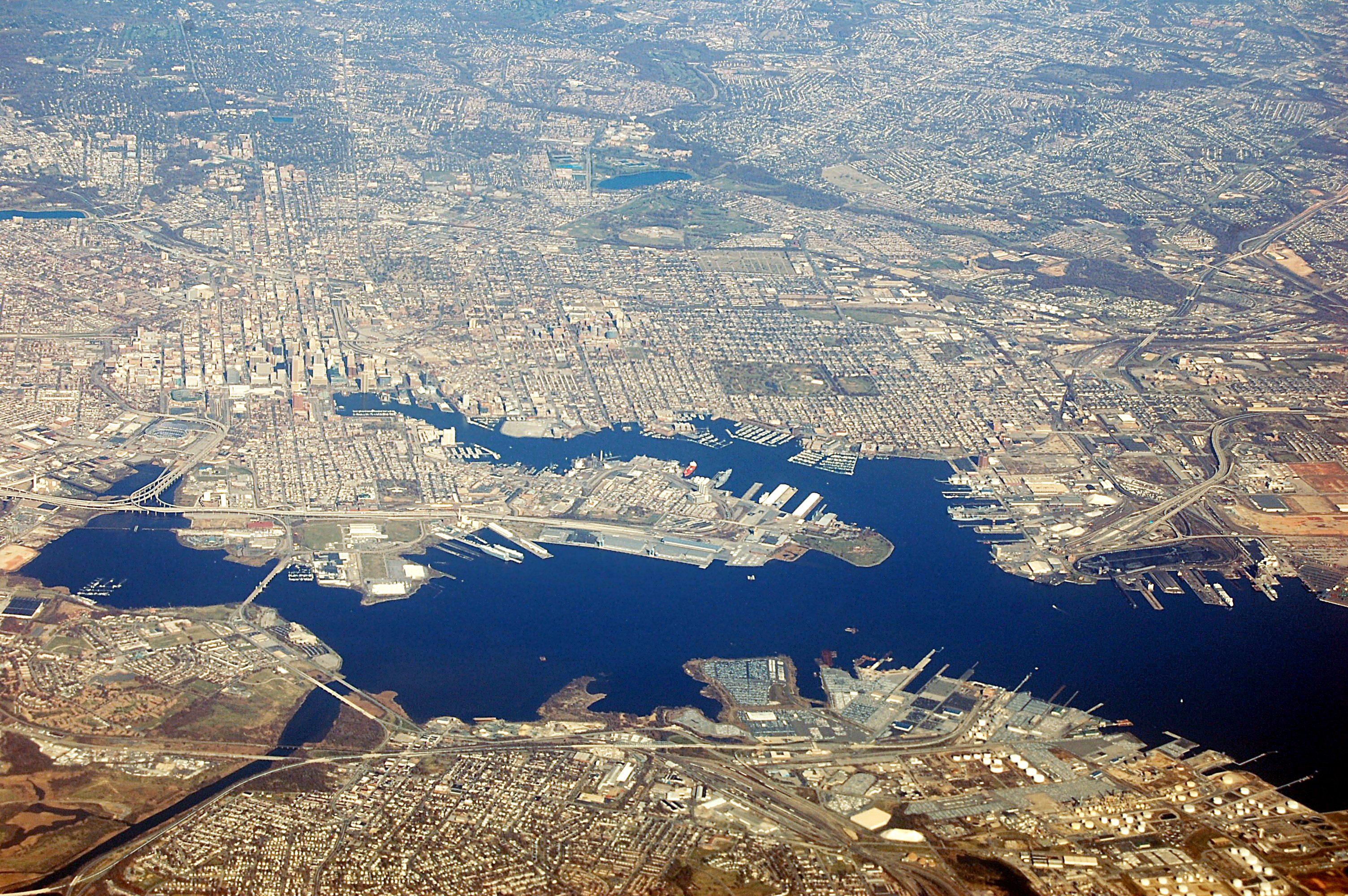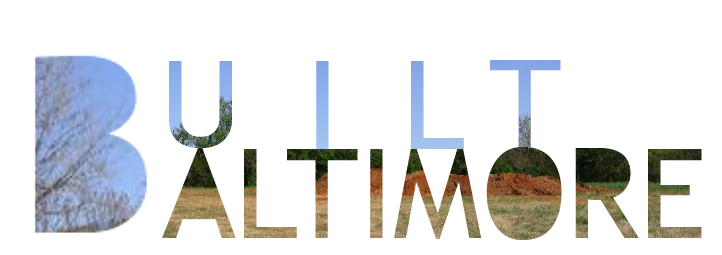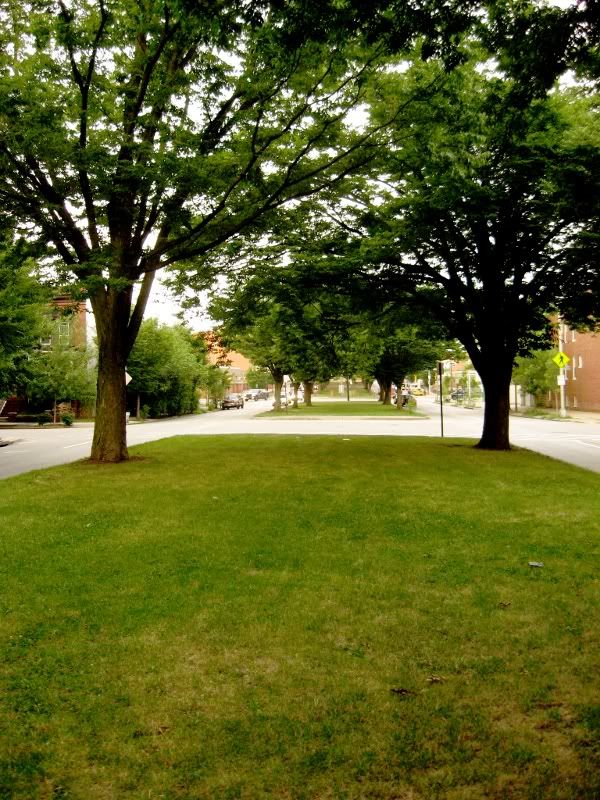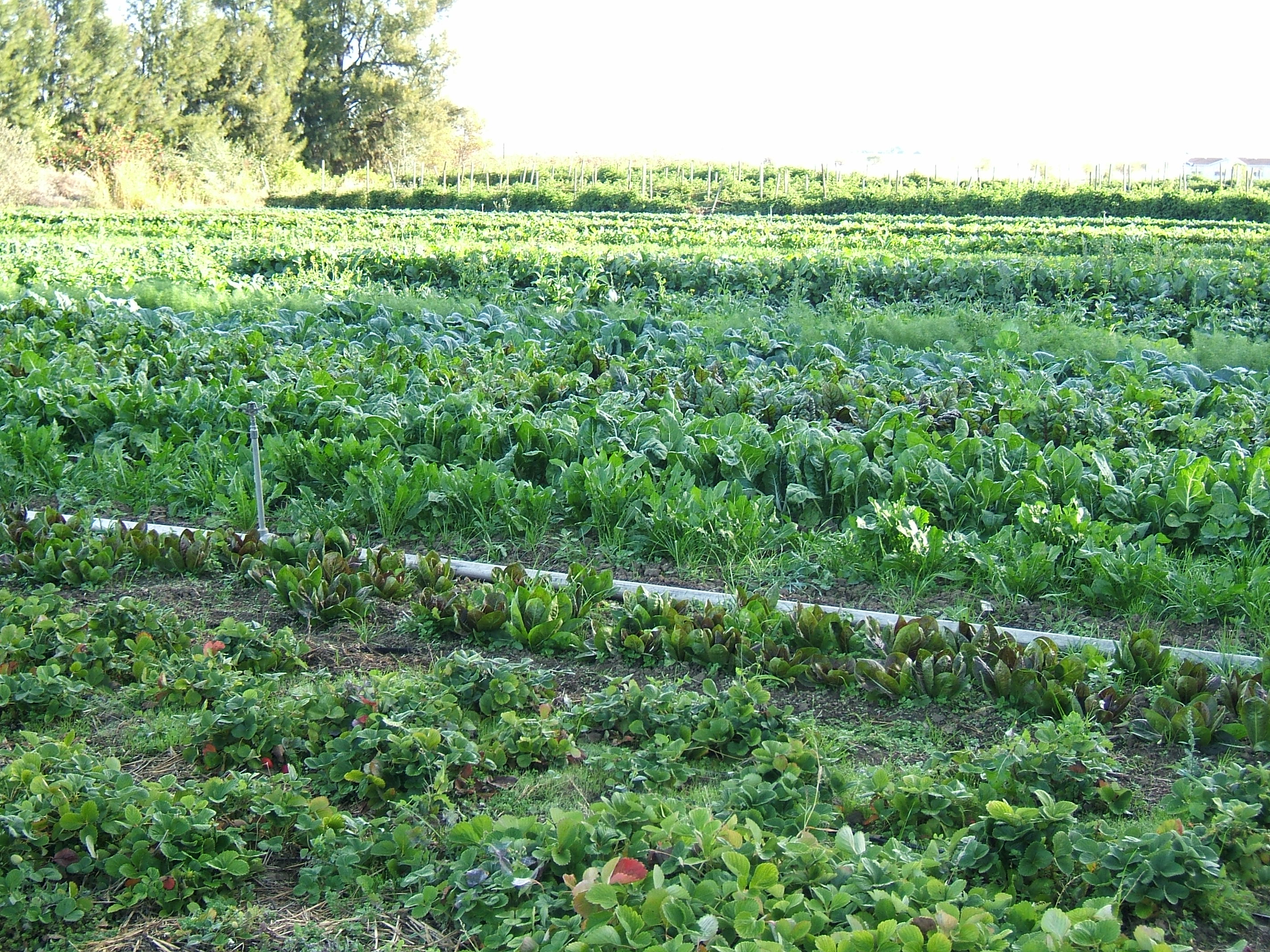In the 1960's the population inside Baltimore city limits was about 1 million.
Today there are 600,000 in the same space.

Baltimore currently faces the same problems as most older US cities--crime, decay, maintaining infrastructure--
but could it be that trying to solve these problems in our underpopulated city spaces is made more difficult because of all this empty space?
-- much like a single person trying to repair a crumbling house that's far too big?
What about the strategy of shrinking the city to better serve a shrunken population?
These questions spurred me to discover the historical city boundaries of Baltimore.
~
Baltimore became an independent city in 1851, breaking away from Baltimore County.
In
The History of Baltimore City and County, from the earliest period to the present day: including biographical sketches of their representative men by John Thomas Scharf, published in 1880,(and found
here on google books) I found a map showing Baltimore Town in 1730 and its original 60 or 80?(hard to make out..) acres.

(note that the 'boundaries' are 1880 boundaries--much smaller than in 2010.)
And here's an 1880's map, with historic limits and some unusual tract names. It's funny to recognize some names, like Mt. Royal (a contemporary neighborhood), amid the other wild ones--I wish there were still a 'haphazard' neighborhood!

These early maps all show a relatively small Baltimore in from 1852-1880's.
Baltimore's 1852 population was about 500,000.(
census data)
An 1852 map:

Here are Baltimore's Limits today with its
1852 limits (the map above) superimposed:

~
In 1888 the city annexed 2 miles to the north limit of the city (Additions included the areas that now include lake montebello and druid hill park) and 2 miles to the west limit, adding 36,000 people and increasing the city space by about 18.5 square miles (my rough calculations) to ~30 square miles.
Before the 1888 annex Baltimore had a population of 380,825 , area of 11.6 sq/mi, and density of
~32,000 persons per square mile.
In 1889 the population was boosted to ~417,000, area 30.1 sq/miles, and density was
13,853 persons per square mile.
(from Baltimore: its history and its people, Volume 1 By Clayton Colman Hall)
The new city 1888 limits looked like this:

~
Another large annexation occurred in 1919 (
Baltimore, Volume 11) that nearly tripled the size of the city:
Baltimore's 1919 annexation:


A
link to more details. (
Baltimore County police, 1874-1999. via google books.)
~
In 1910 Baltimore had 558,000 residents and was 30 square miles,
population density
18,500 person/square mile.
In 1920, after the annex, it had 733,000 residents in 79 square miles,
and average density fell to
9,200 person/square mile.
And today?...
Its difficult to discern what has happened to the limits since, if anything.
Baltimore now has 80.8 sq/mi of land within city limits--awfully close to the 79 sq/mile total after the 1919 annex.
Perhaps there were was another very small annex, or perhaps land was built into the harbor.
As of 2009, Baltimore has a density of
7,882 persons per square mile--even less than after the 1919 density-dropping annex.
~
Some musings:
From a satellite, there is a visible area of notable development within Baltimore. Maybe this should be the 'city limit'? It pretty much coincides with the city limits in the 1910's:

Doubts:
-Maybe we have more parks today, which drives down density but increases happiness.
-Too many parks can be a bad thing.
-What if current density can't be recollected into a smaller, leaner city?
-Can a city contain a more urban core and a 'suburbanish' fringe and not betray or underserve one group?
-Do cities need the tax dollars from suburbs-within-city-limits to pay for the actual city-within-city-limits?
What might resizing to a smaller Baltimore do for its residents, budget, demeanor and quality of life?

















